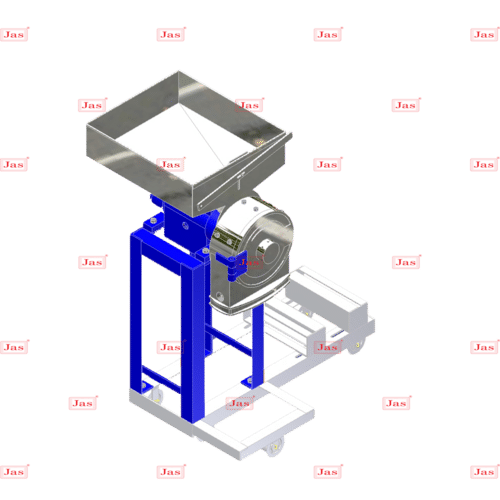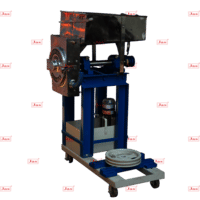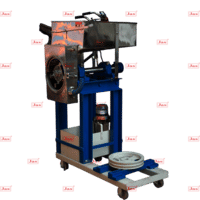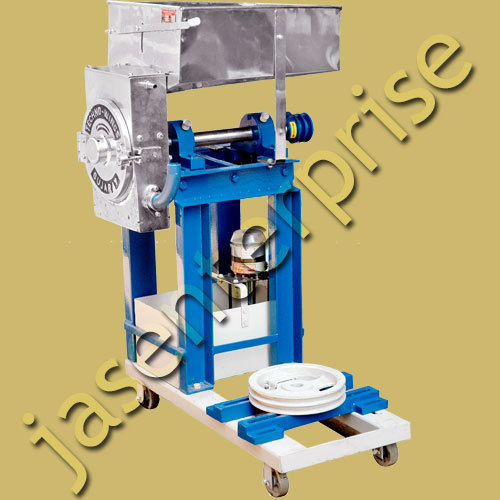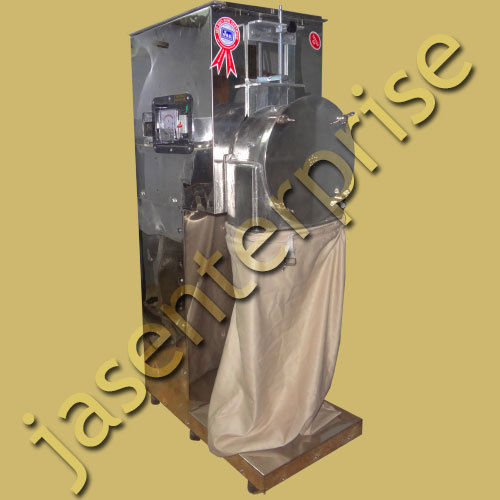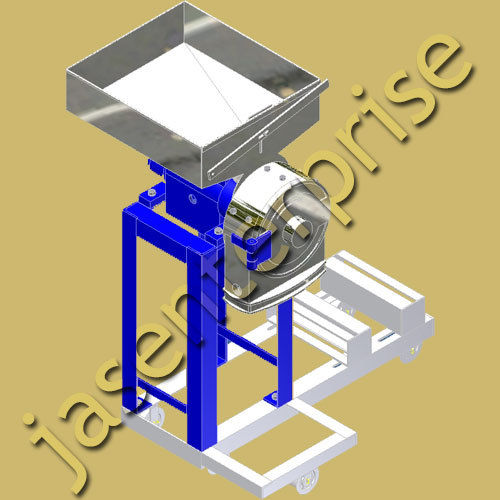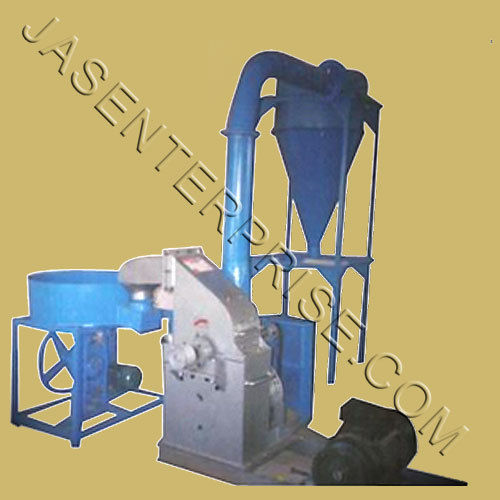Semi Automatic Micro Pulverizer
उत्पाद विवरण:
- सामान्य उपयोग Industrial
- मटेरियल
- कम्प्यूटरीकृत
- ऑटोमेटिक
- वोल्टेज वोल्ट (v)
- फ़ीचर
- वारंटी 1 Year
- अधिक देखने के लिए क्लिक करें
मूल्य और मात्रा
- 1
उत्पाद की विशेषताएं
- Industrial
- 1 Year
- वोल्ट (v)
व्यापार सूचना
- प्रति महीने
- महीने
- ISO
उत्पाद वर्णन
-
Grinding Mechanism: It employs a high-speed rotor assembly fitted with hammers or blades that pulverize the material fed into the grinding chamber.
-
Material Handling: Typically, materials are fed into the pulverizer manually or using a feeding mechanism. The machine then grinds these materials into a uniform powder.
-
Size Reduction: The primary function is size reduction, where larger particles or materials are reduced to smaller, consistent particle sizes suitable for various applications.
-
Operation: While semi-automatic, it often requires manual intervention for feeding materials and monitoring the process. However, certain aspects of the operation, such as grinding and discharging, may be automated.
-
Applications: It finds use in various industries such as food processing, pharmaceuticals, chemicals, and materials processing. Common applications include grinding spices, grains, herbs, plastics, and other similar materials.
-
Design and Construction: Typically compact and designed for ease of cleaning and maintenance. They are often constructed of stainless steel to meet hygiene and cleanliness standards in industries like food and pharmaceuticals.
-
Controls and Safety: Modern units may include control panels for adjusting operational parameters like speed and feed rate. Safety features ensure operator protection during operation.

Price: Â
- 50
- 100
- 200
- 250
- 500
- 1000+

